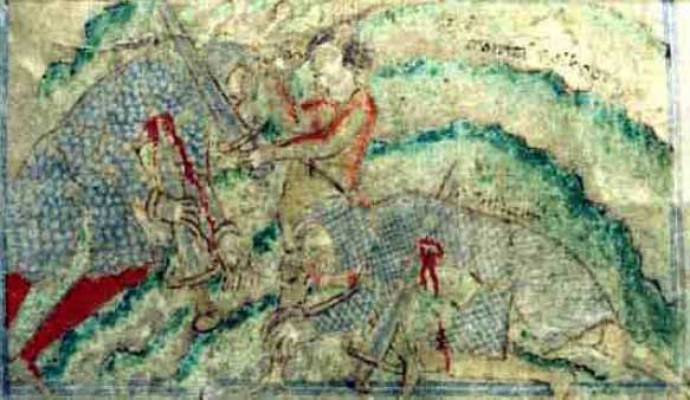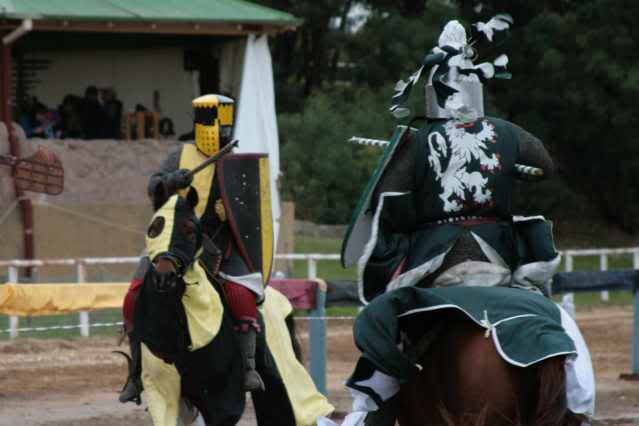I have a question about mail (collective groan) in period depictions (groan, pt. 2.) If the first line didn't put you off the topic, let me ask: how much padding would be worn under mail for north and central europe at the end of the 11th and into the early 12th centuries, and how closely would the mail be tailored to fit the individual? In later depictions such as statues and artwork, the mail is almost skin-tight, and tailored well; in the earliest miniatures I could find (dated 1000-1100, and 1099-1109 on manuscript miniatures) show relatively tight fitting garments, without the looser look of most reenactments (I have read and seen Patrick Kelly's norman articles, and prefer that more conforming look.) Additionally, the presence of full sleeves as opposed to the more commonly assumed elbow-length sleeves makes me wonder: was there a full length gambeson or akton below, or was it partial, or not present at all? (more specifically, I wish to both increase my knowledge of mail, as well as assemble a 1st or 2nd crusade dismounted knight from either normandy or sicily. As I understand it, I would need round, riveted mail, possibly alternating solid/riveted, maybe thigh length. Integral coif included. Could I get away with full sleeves, can they be tightly tailored, and what would one wear underneath the mail in such a case?)

French, 1099-1109. Note full sleves

French, 1099-1109. Note full sleeves

Hard to see, but conforming mail with full sleeves, sharing the time period listed in the other pics
